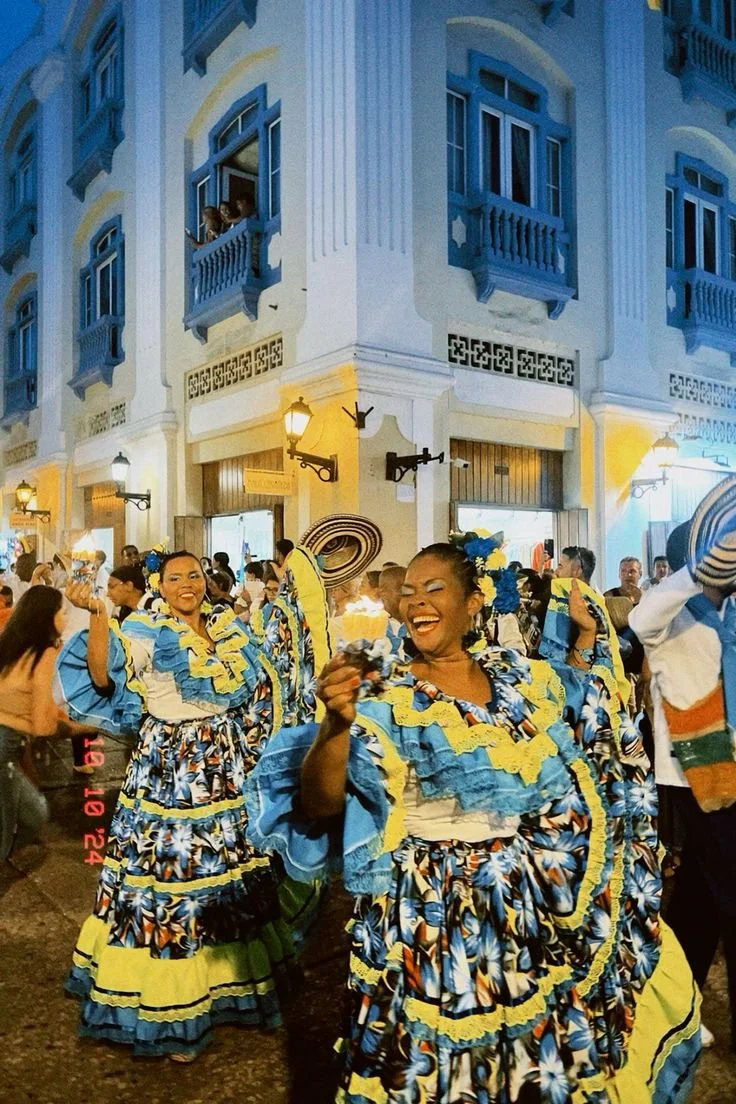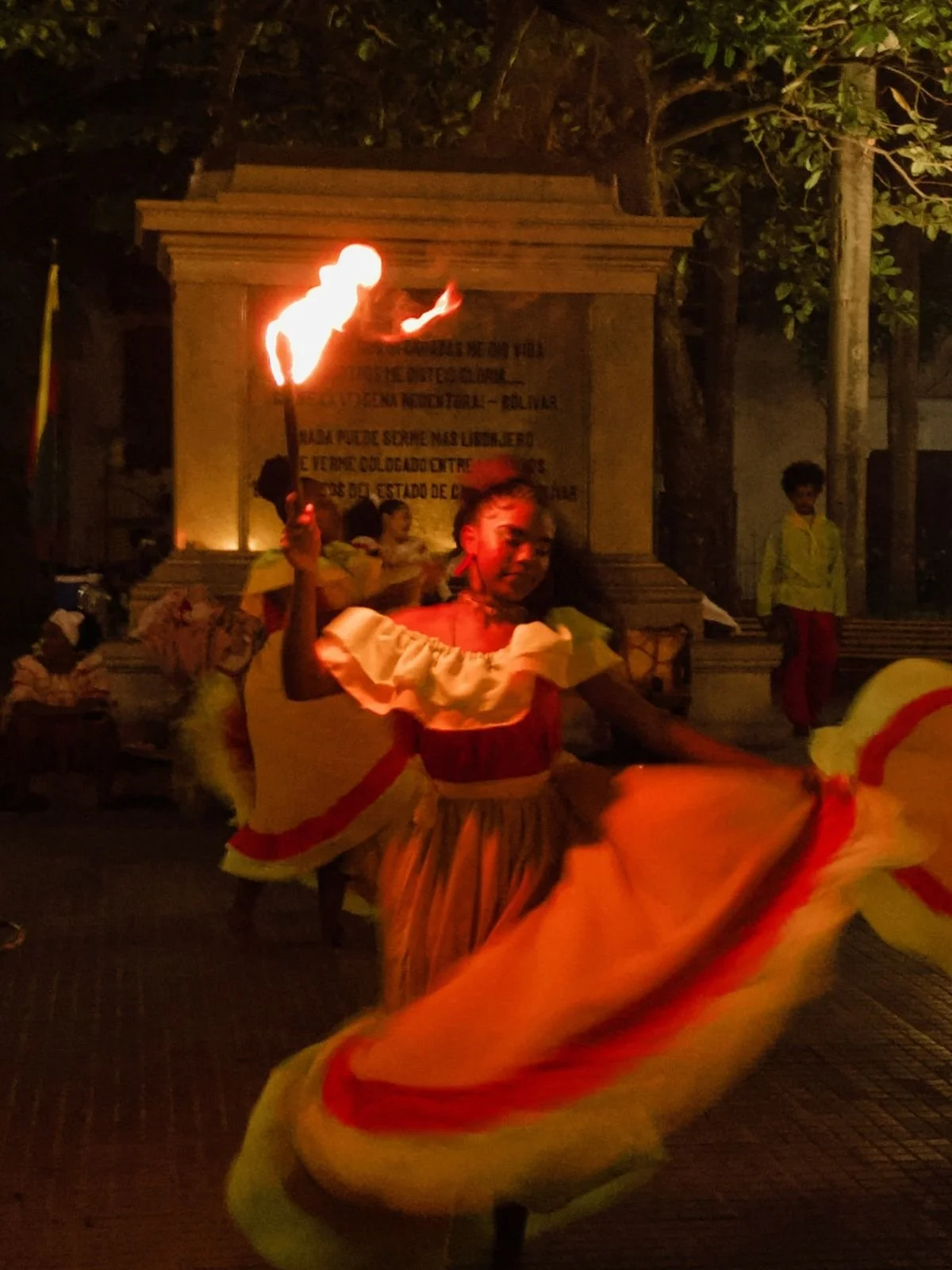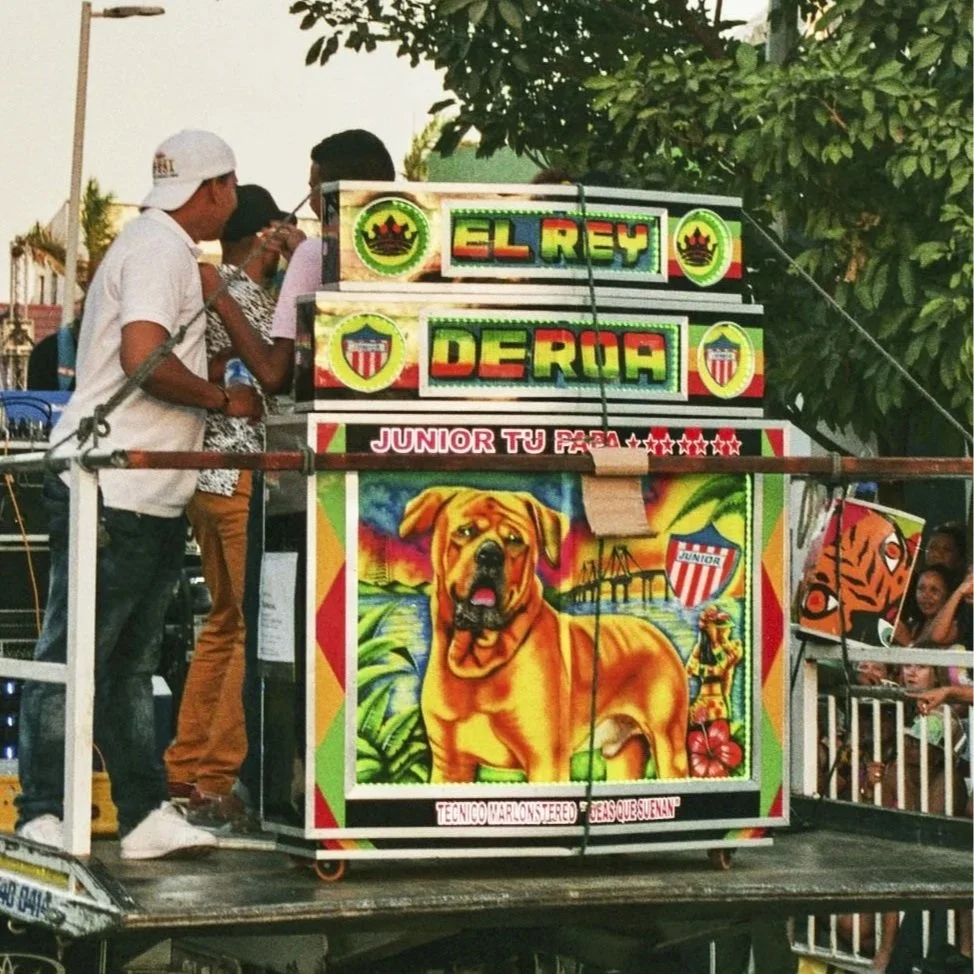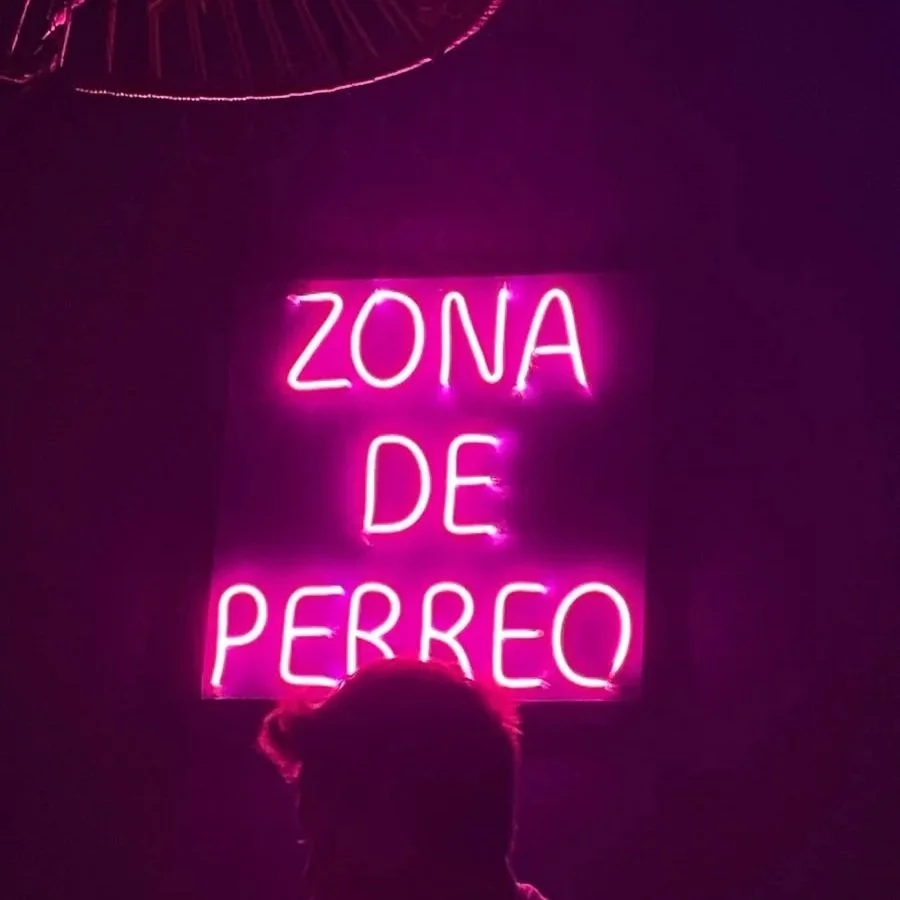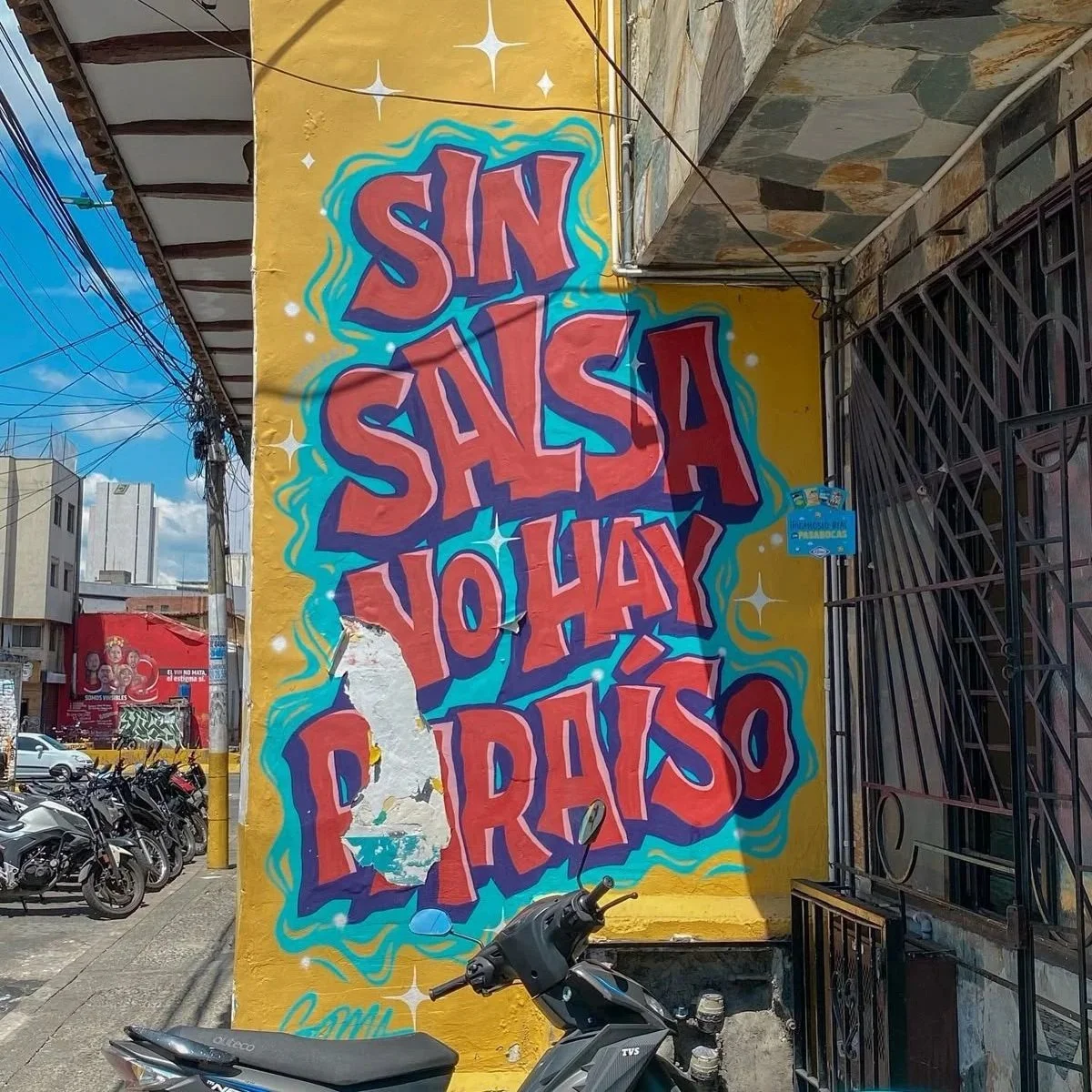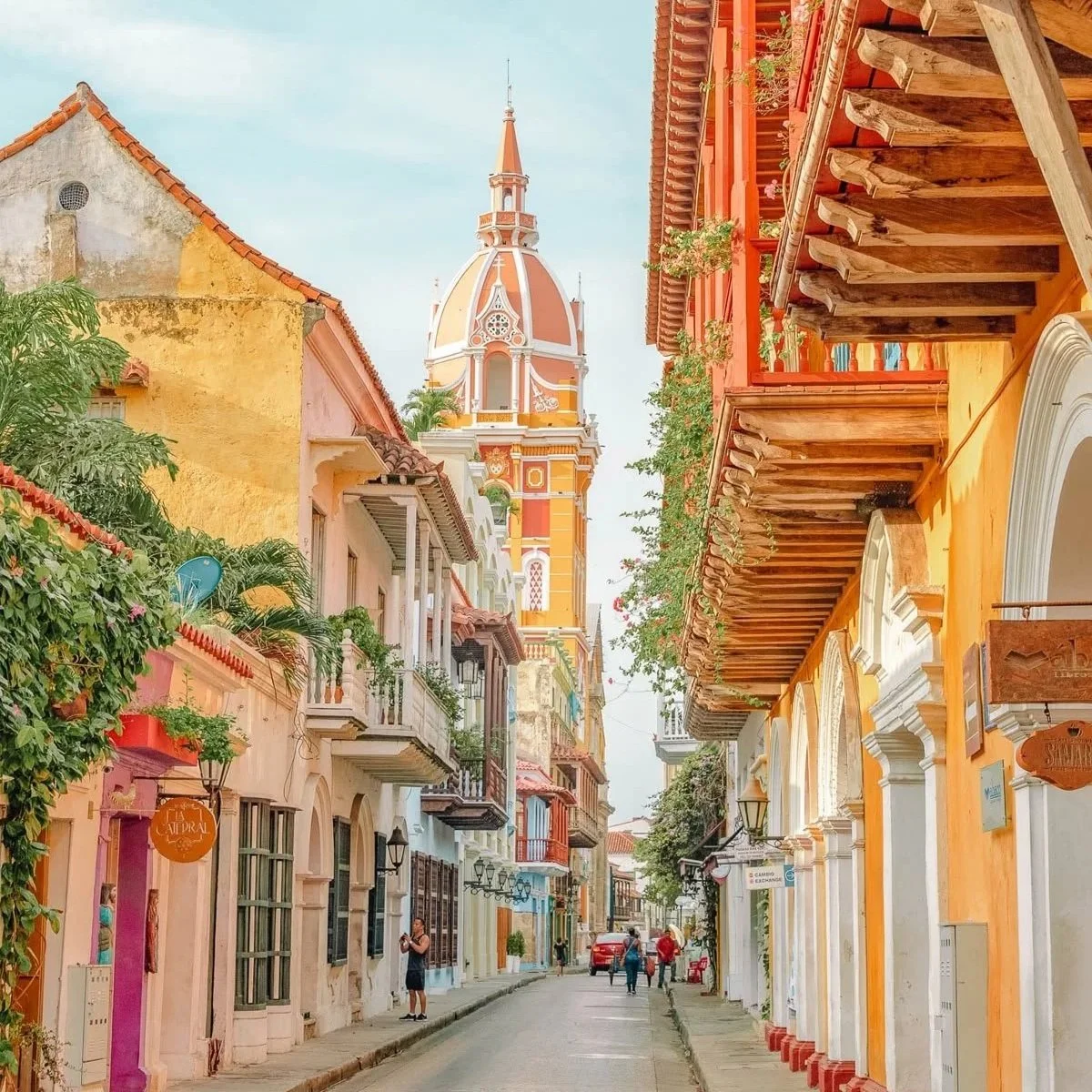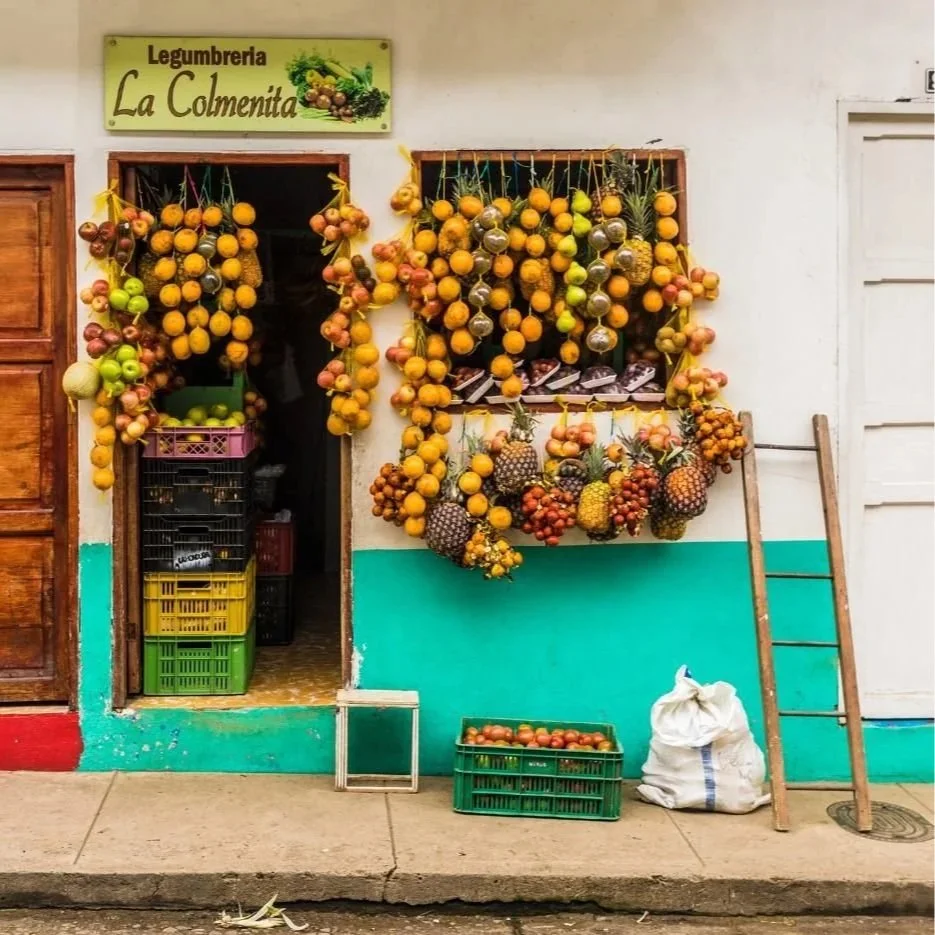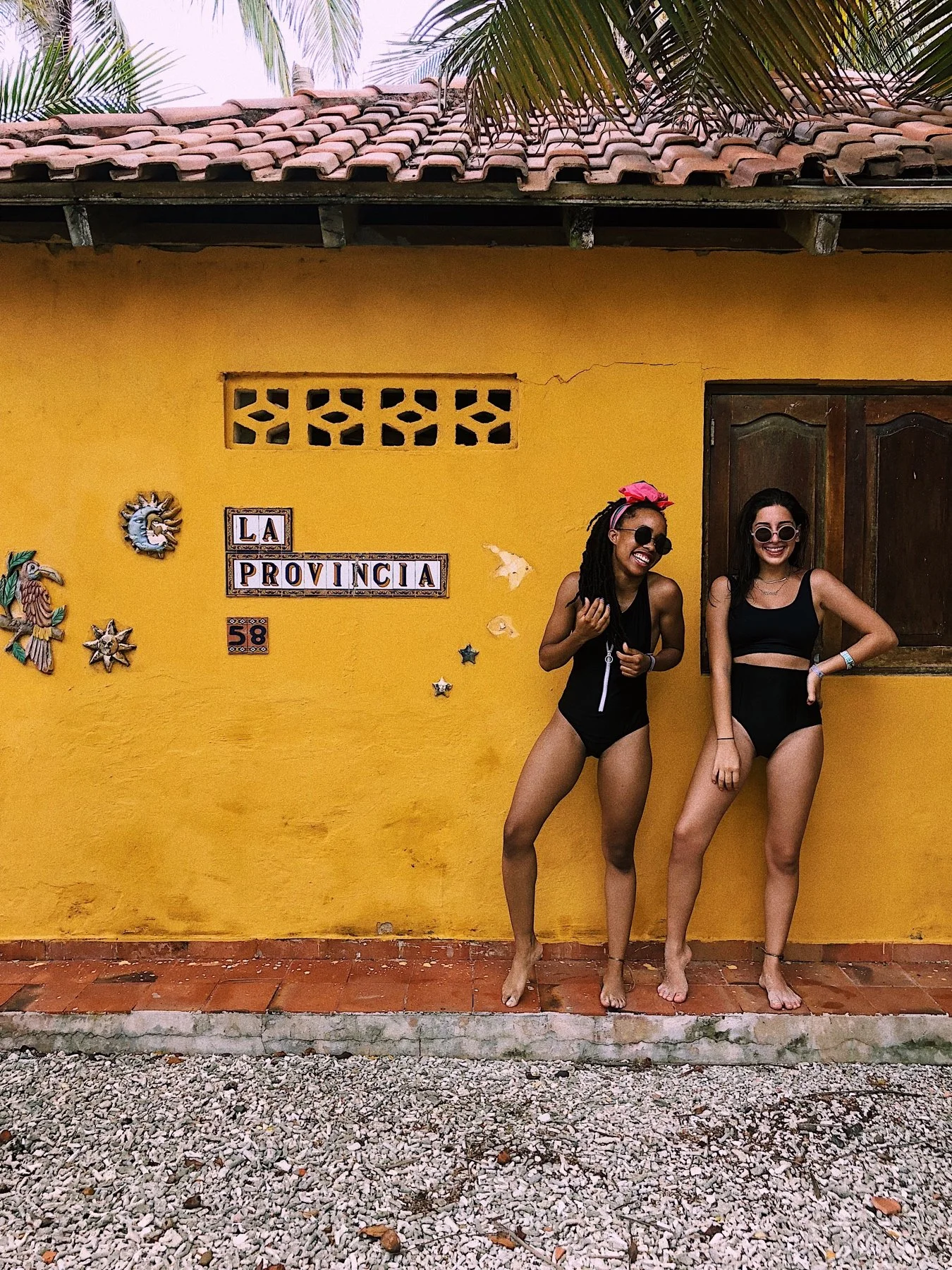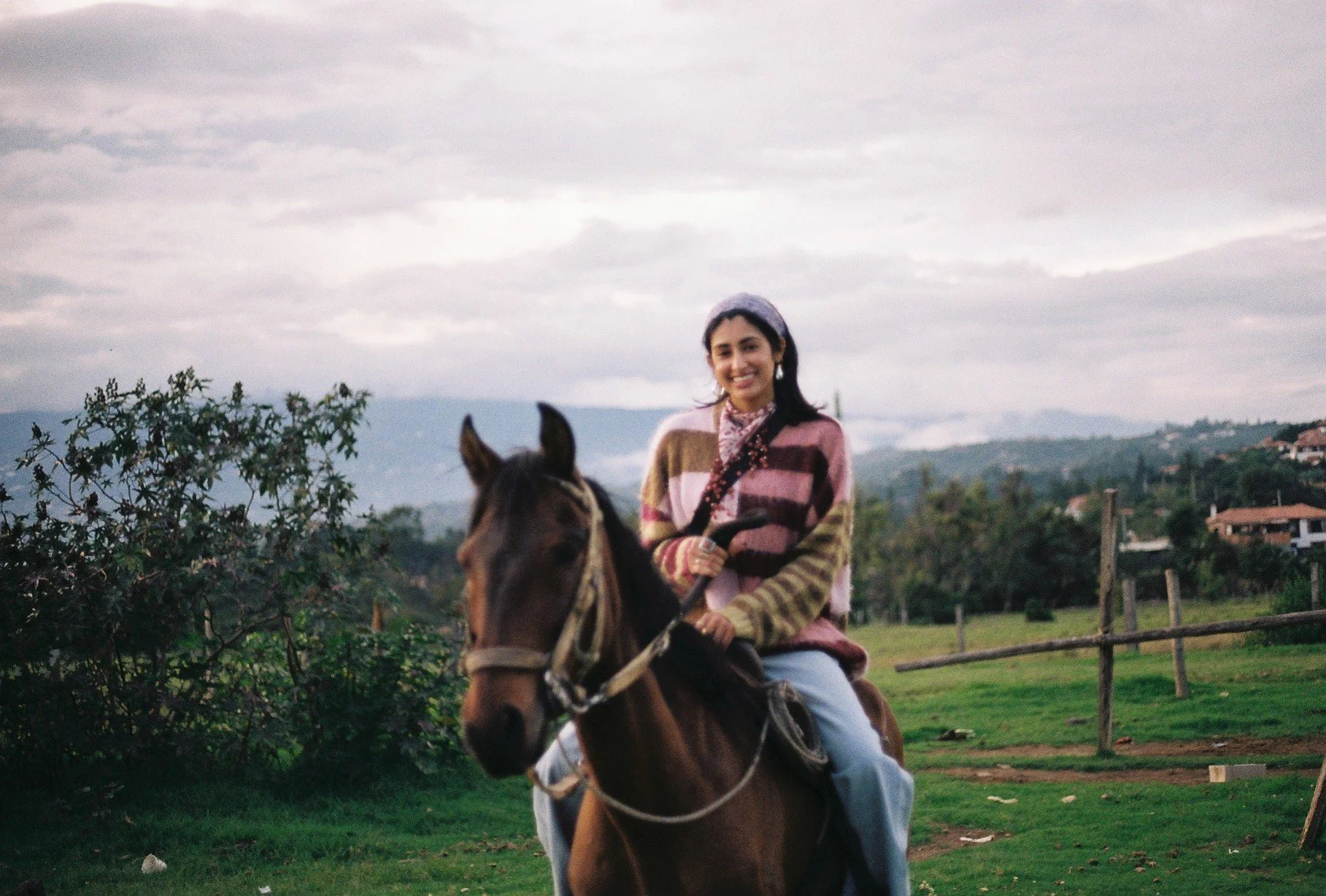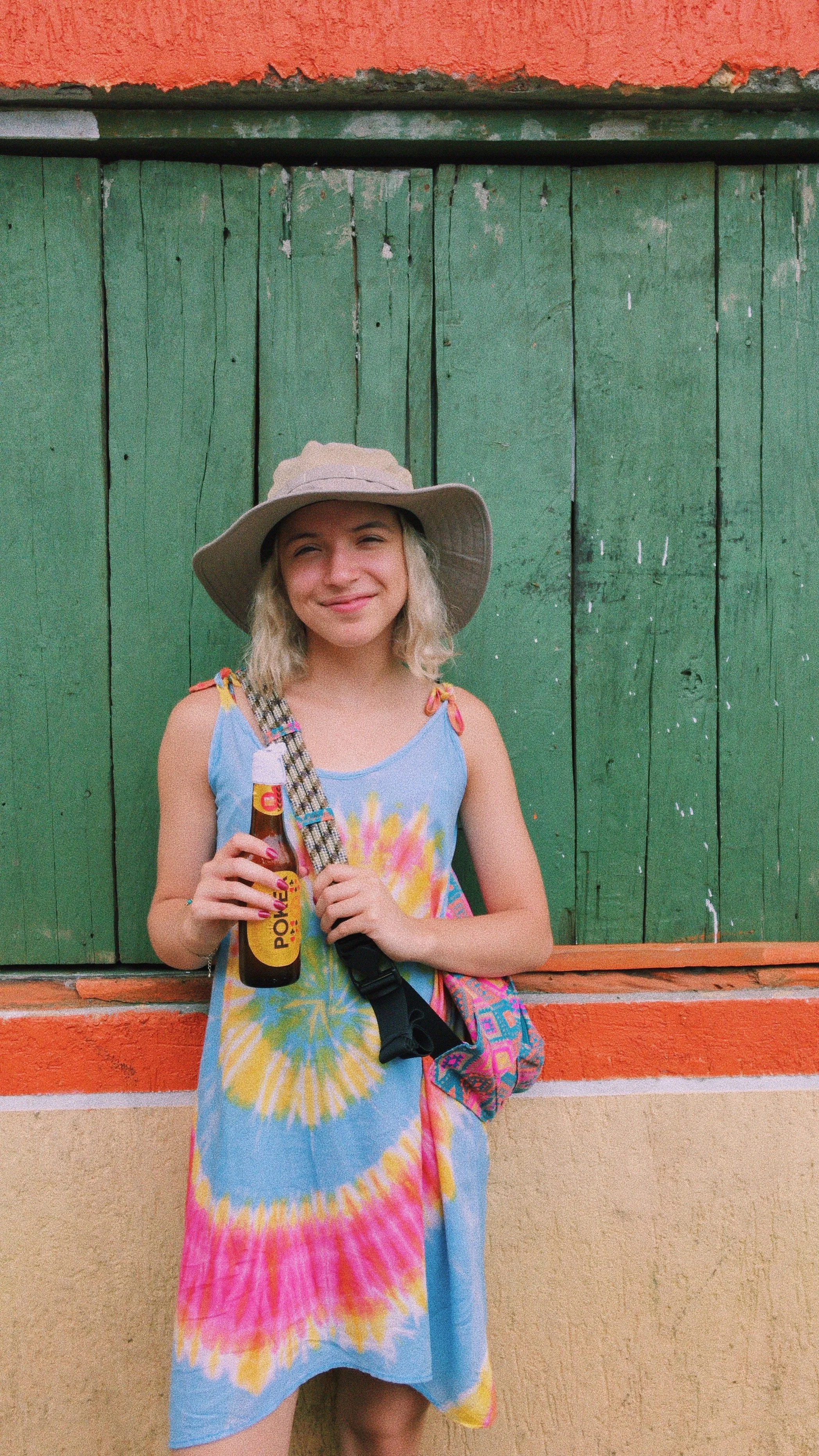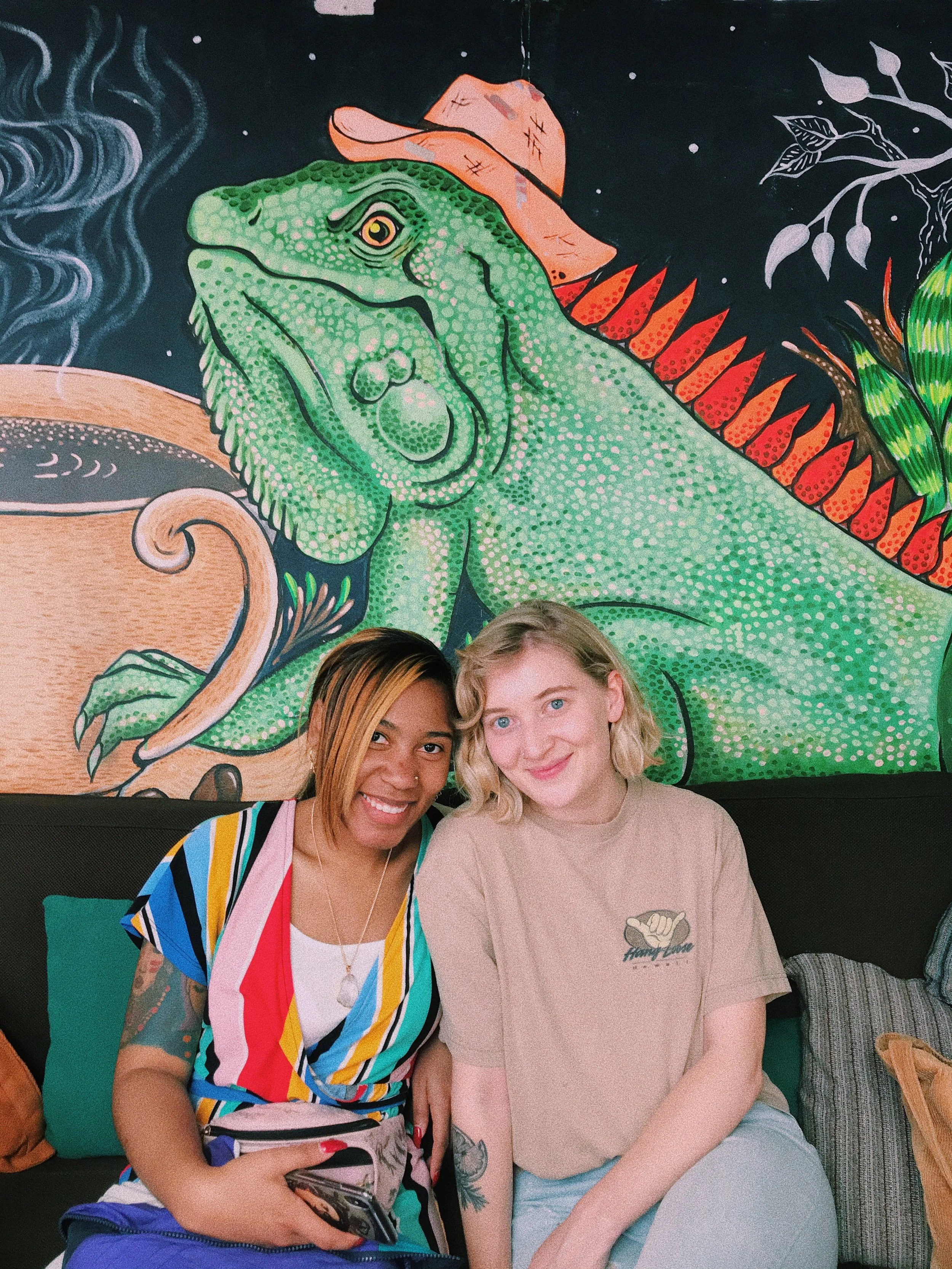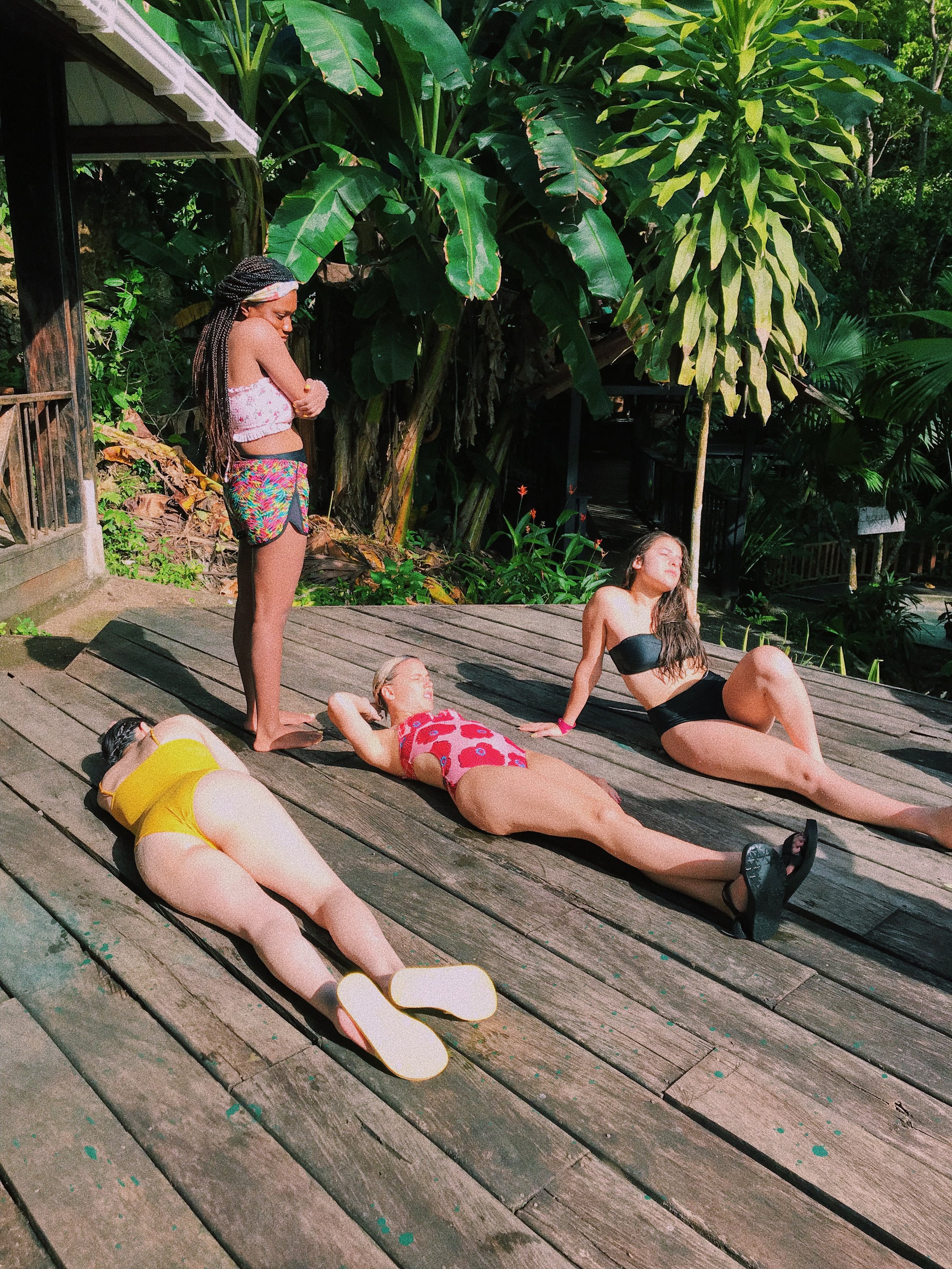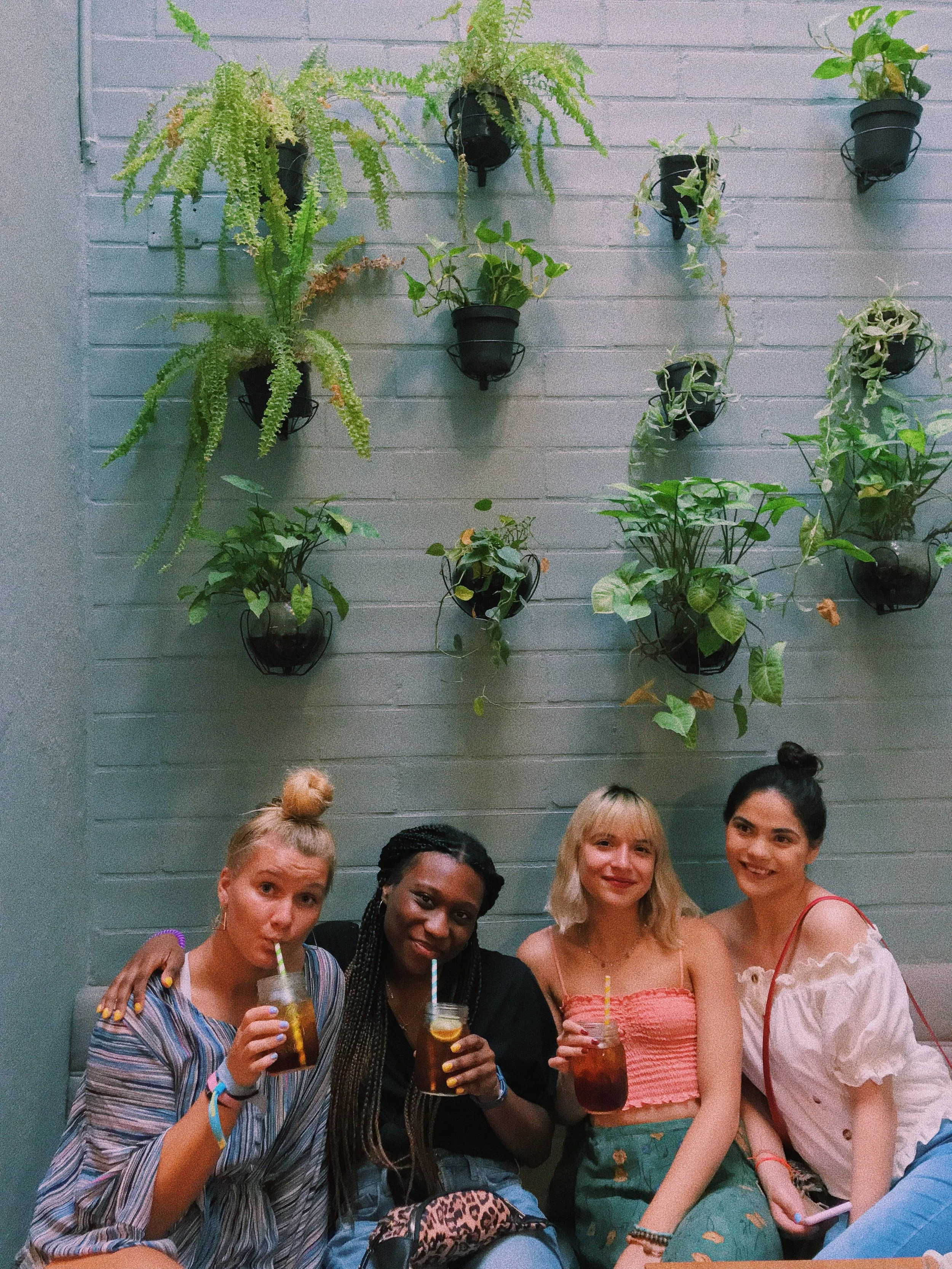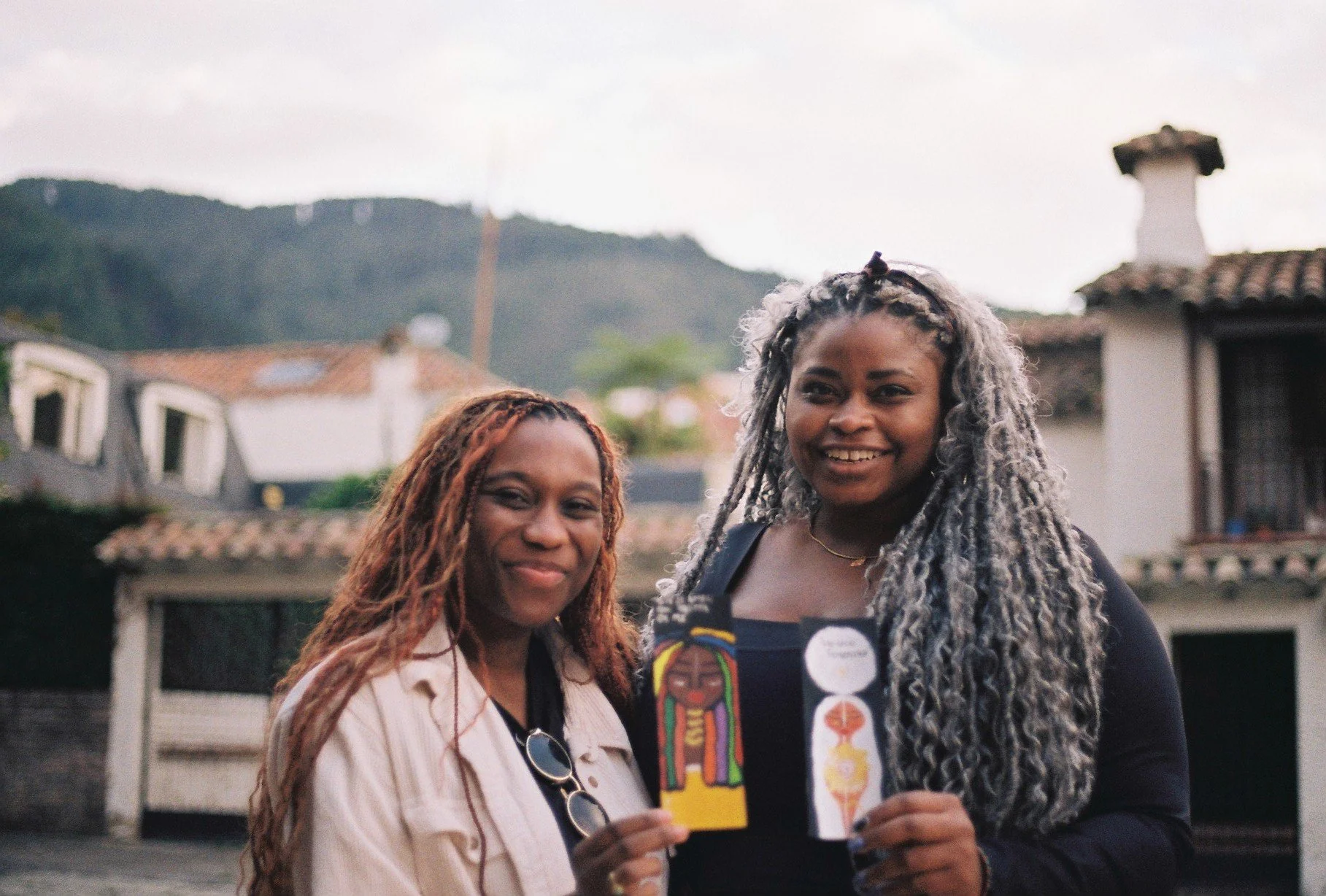
cartagena october 2025
you’re going to colombia!
we’re so excited to experience cartagena’s natural beauty and culture with you on an unforgettable girls trip. you’ll receive a confirmation link much like this one every time you complete a payment and before you know it, we’ll be on our way!
cartagena: for dancing
shakira, karol g, juanes… colombians know how to make people dance.
add to your playlist
colombia’s mix of music genres and dance styles is in large part due to its african population. cartagena, being a coastal city and thriving port during spanish conquest, became a forced entry point for enslaved africans, who brought with them their own rituals, instruments, and cultures they kept alive despite the horrific oppression they endured.
many people think colombians look a certain way, and it is hugely important to understand how diverse colombia’s population truly is. many of colombia’s most iconic dances and musicians come from this painful lineage. as we listen to this music and learn these beautiful dances, let’s acknowledge their origins.
beginning with…
joe arroyo - legend of salsa and born in cartagena, he began singing in brothels in cartagena’s red light district at age eight. he wrote and performed “la rebelión”, an international hit and one of the most important salsa songs ever. it tells the story of a 17th century slave revolt in cartagena. we’ll be shocked if we don’t hear it at some point on the trip.
totó la momposina - a living legend, she grew up traveling from vilage to village in cartagena’s department of bolívar. she is now the voice of folkloric music in colombia, which spans everything from cumbia to bullerengue and mapalé. her music is constantly sampled from artists around the world… maybe you’ll find her hit, el pescador, familiar.
champeta- a dance that started in the caribbean and atlantic coast of colombia in the 1960s. it is a fusion of african and indigenous rhythms that rely on percussion, electric guitar, bass and synthesizers. at first it was seen as "vulgar" due to the classism and lack of appreciation the majority of people in major cities had for afro-colombian culture. but thankfully that has changed, and it is everywhere now and being celebrated. these talented dance students are a great example of champeta dancing and check out this mix if you want to give some champeta classics a listen during your next workout or commute.
mapalé - a dance also originating from the caribbean coast of colombia, created by african fishermen and their communities. after a long day of work, they’d bring out drums and dance, imbuing african rhythms with colombian instruments. the dance is named after the mapalé fish, which flops violently when out of the water. some really great performances can be found here and here.
un poquito de español
tumbao
a colloquial saying, similar to swagger or rhythm… tumbao is an essence, a way of walking and being. highly recommend this celia cruz song (cuban legend) which explains it perfectly.
perreo
a type of dance movement most similar to grinding, the word stems from “perro” - “dog.” it usually goes with reggaeton music and is especially prevalent in medellín, colombia’s reggaeton capital. check out old reggaeton legend tego calderón for a solid example.
changó
exclusively said in cali, colombia’s salsa capital, changó means to go dancing. the name comes from a popular club there… next group trip?
rumba
rumba basically means party, but there’s many ways of using it. it can be used as a noun, as in “la rumba”- the party. it can also be used as a verb “vamos a rumbear” - let’s go partying.
azota
if you listen to enough reggaeton, you’ll sometimes hear someone say “azota!” energetically. though this directly translates to spank or whip, it really means to move your body, especially hips, in an exaggerated way. basically give it your all please and thank you!

